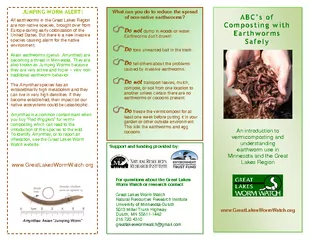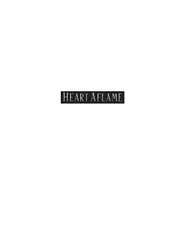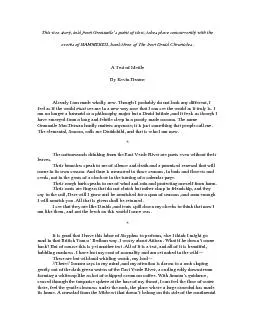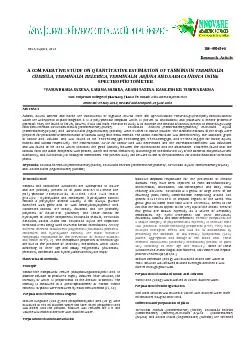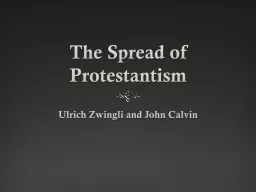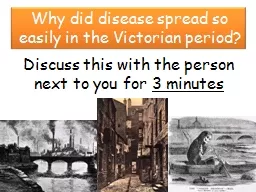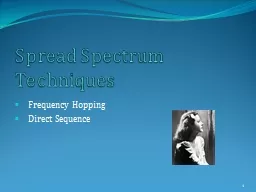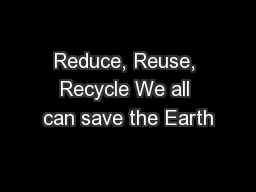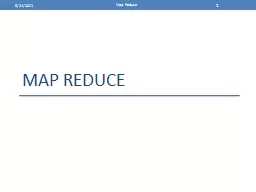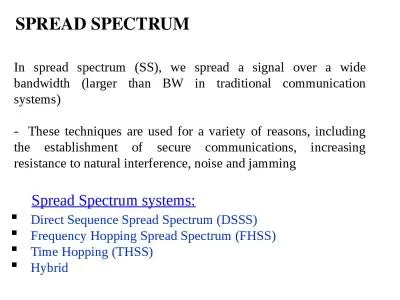PDF-What can you do to reduce the spread of non ative eart
Author : luanne-stotts | Published Date : 2015-06-06
DUWKZRUPVGRQWGURZQ toss unwanted bait in the trash tell others about the problems caused by invasive earthworms transport leaves mulch compost or soil from one location
Presentation Embed Code
Download Presentation
Download Presentation The PPT/PDF document "What can you do to reduce the spread of ..." is the property of its rightful owner. Permission is granted to download and print the materials on this website for personal, non-commercial use only, and to display it on your personal computer provided you do not modify the materials and that you retain all copyright notices contained in the materials. By downloading content from our website, you accept the terms of this agreement.
What can you do to reduce the spread of non ative eart: Transcript
Download Rules Of Document
"What can you do to reduce the spread of non ative eart"The content belongs to its owner. You may download and print it for personal use, without modification, and keep all copyright notices. By downloading, you agree to these terms.
Related Documents

